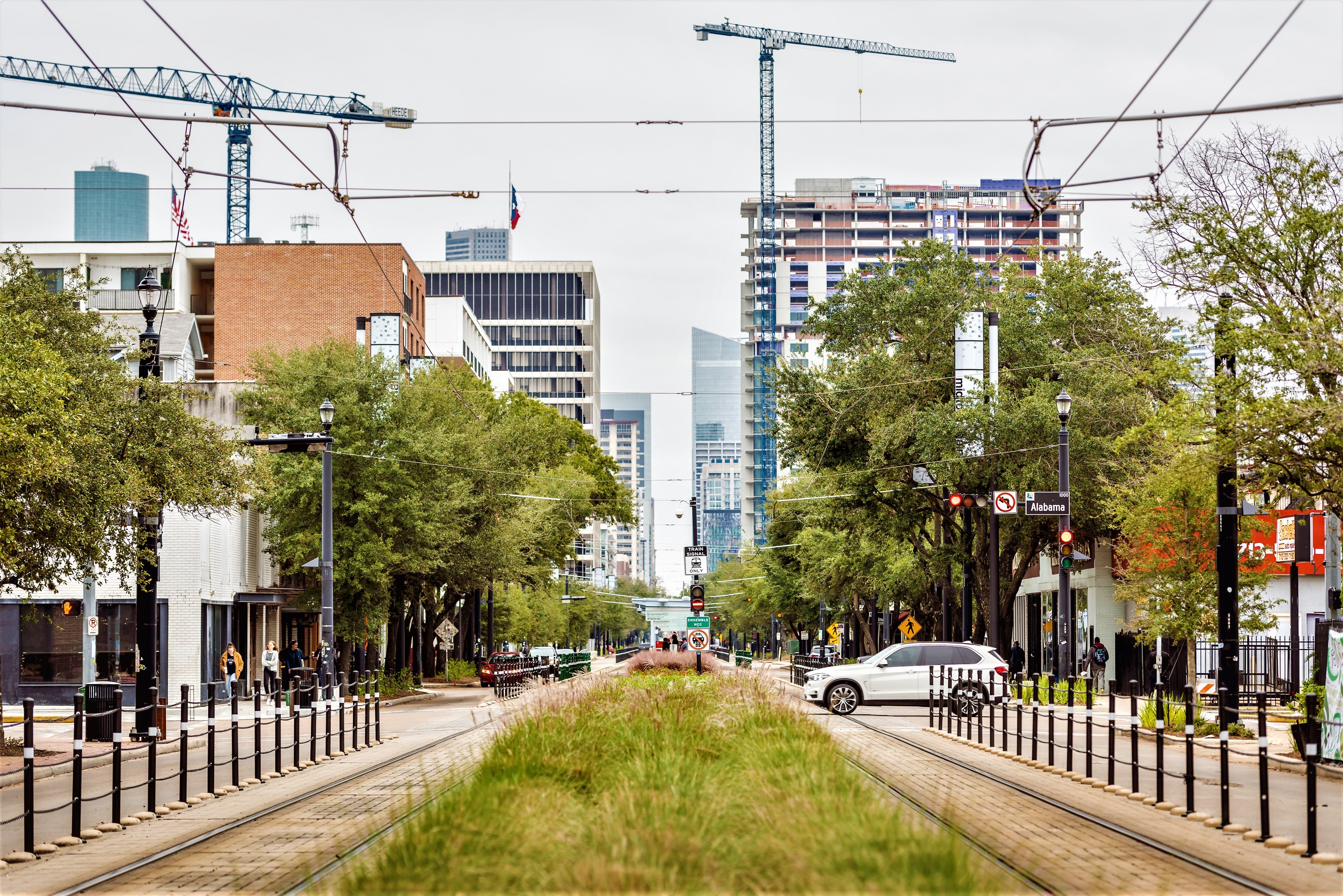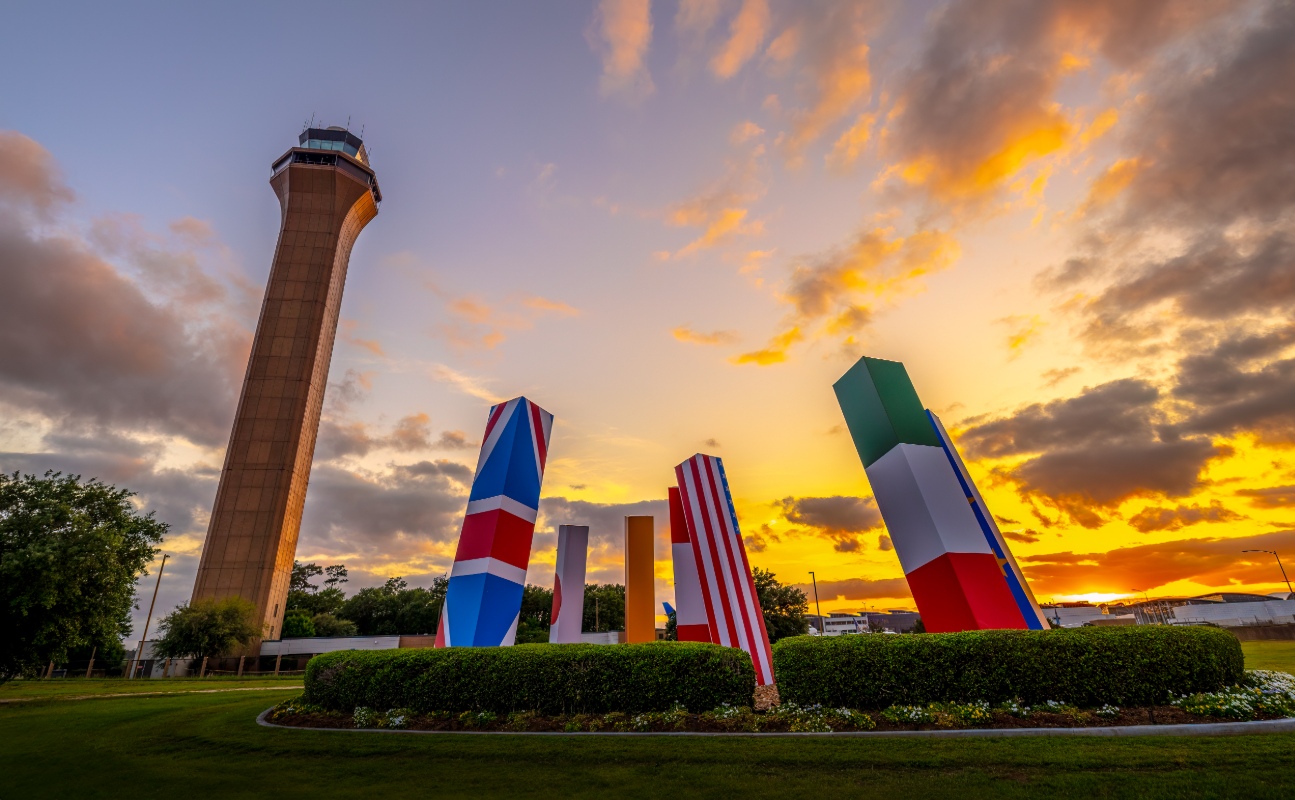Submarket Spotlight: Midtown Houston
Published Apr 29, 2019 by A.J. Mistretta
Located just south of Downtown and running along Main Street toward the Museum District, Midtown has evolved over the last two decades from a largely underdeveloped neighborhood of mom-and-pop restaurants and older bungalows into a vibrant, pedestrian-friendly district filled with mixed-use mid-rises and a lively dining and nightlife scene. Today, thousands of people call Midtown home and thousands more will move to the area in coming years as multiple new projects now under construction are completed. One massive new project from Australian developer Caydon dubbed Laneways will include a 27-story residential tower, a hotel and retail spread across a 2.5-million-square-foot site on Fannin Street between McGowen and Elgin. Further south, Rice University is steering the creation of the city's new Innovation District that will be anchored by the Ion, a 270-000-square-foot facility housed in a historic building that will bring together entrepreneurs, corporations and academic institutions to collaborate under one roof.
To gain some insight into Midtown’s present and future, the Partnership spoke with Marlon Marshall, Director of Engineering and Construction for Midtown Houston, which includes the Midtown Management District.
What has been the biggest recent change that has helped propel Midtown’s economic development efforts?
Midtown Houston's significant investments in recent capital improvement projects along the Main Street corridor — such as the recently opened Midtown Park, Main Street Streetscape, and Holman Streetscape — have been catalyst and helped propel economic development efforts in Midtown It is anticipated that the development projects along Main Street will act as catalysts for additional high density mixed use investment in Midtown.
How has the focus of Midtown’s development effort changed through the years?
Initially, Midtown Redevelopment Authority focused its development efforts on multifamily residential developments to increase the number of residents in Midtown and create demand for commercial and mixed-use developments. We did this by encouraging and facilitating private sector development by funding of public infrastructure improvements adjacent to new developments through development agreements.
As the residential population increased, Midtown’s focus transitioned to investments in capital improvements to accommodate growing mobility and infrastructure demands and to create a livable and walkable environment. Midtown’s current development efforts are to encourage mixed use vertical development, create safer streets for pedestrians and vehicles, promote neighborhood retail investment, and focus capital investment in areas with greatest private developer market potential and energy.
Existing infrastructure is important to companies considering a move. What types of companies would be most interested in the Midtown based on what you currently have in place?
Midtown’s investment in infrastructure has helped to make it Houston’s most walkable community. Midtown’s walkability combined with its quality of life amenities and attractive public greenspaces make it a desirable location for new mixed-use residential developments, as well as companies in the restaurant, arts, recreation, entertainment, and nightlife industries.
Midtown has been known for its restaurants and nightlife for years. What else should people recognize the district for?
We're proud of our parks and how they continue to be developed through art installations, increased transportation options such as Bcycle and free, weekly programs to choose from. There are over 200 free events hosted at our four green spaces - Midtown Park, Bagby Park, Glover Park and Elizabeth Baldwin Park- every year.
What do you see as a few of the key advantages Midtown offers?
In addition to our location, development, parks and events, we have 90 arts organizations, including flagship groups such as Lawndale Art Center, The Ensemble Theatre, Art Square Studios and Houston MET Dance, who all drive creative expression in Midtown. Additionally, we have eight Bcycle stations in our district, three MetroRAIL stops and three Zipcar locations, offering residents and visitors alike several options to get around while reducing their carbon footprint.
Midtown is a critical component of the Innovation Corridor concept that’s been championed by the city, Rice University and others. What does Midtown provide that complements this idea?
Midtown’s investment in the Main Street corridor has tremendously improved visibility and accessibility for connections to the Innovation Corridor. Midtown’s public transit options combined with the influx of recent developments, including mixed-use, high density residential properties, restaurants, cultural arts and entertainment venues provide the complementary assets to help make the Innovation Corridor a viable concept.
What are you most excited about in Midtown right now?
It is exciting to see the vision along the Main Street corridor coming to fruition. The new mixed-use transit-oriented development activity and active programming in Midtown Park is bringing a new level of energy to Midtown, and we plan to build upon this momentum for future economic development.
What are one or two major changes on the horizon that might help shape the future of Midtown?
The upcoming TxDOT North Houston Highway Improvement Project and the development of the Ion at the Midtown Innovation District will have a major impact on the future of Midtown. The transformation of the Sears building to the Ion will provide an innovation hub for future jobs, technology development, and educational programming. These projects will have a positive impact for redevelopment in Midtown by helping to facilitate future mixed-use development which will create incremental tax value.
What do you see as Midtown’s role in the broader economic development efforts of the Greater Houston region?
Because of its location between Houston’s two largest employment centers – Central Business District and Texas Medical Center – the redevelopment of Midtown is a critical component in the success of the broader economic development efforts of the Greater Houston region. Midtown offers residential and retail-driven mixed used concepts and the walkability millennials desire. These amenities and assets play a key role in attracting the new talent and businesses necessary to sustain economic development efforts in Houston.
Learn more about the region's submarkets and communities through the Partnership's Regions and Neighborhoods program.
 The Houston Report
The Houston Report



















